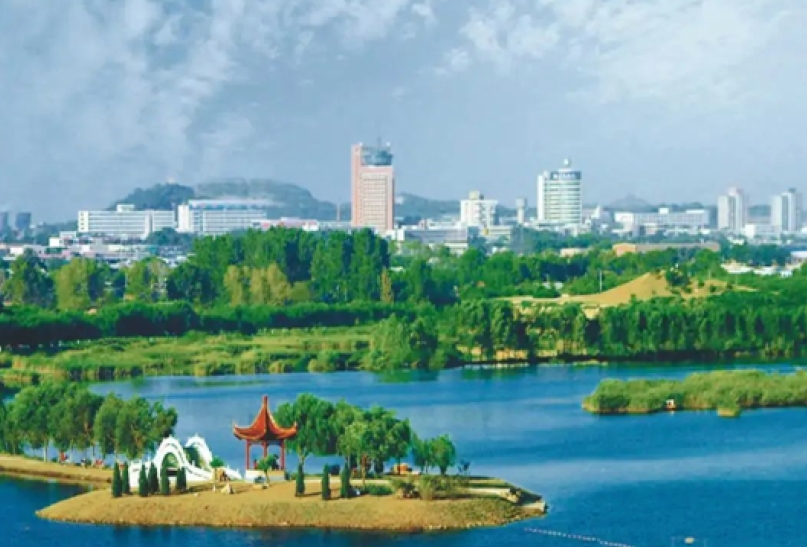Insights
Moving to Asia?
All you need to know
Moving to Asia?
All you need to know
city guide
Shanghai School Guidegeneral
Shanghai Weekend Getawayscity guide
Shanghai Area Guide - Lujiazui city guide
Tangshancity guide
Shanghai Area Guide - Jinqiao city guide
Shanghai Area Guide - Jing'ancity guide
Chengdu Area Guide - Hi-Tech South Zonecity guide
Shanghai Area Guide - Xintiandi 








